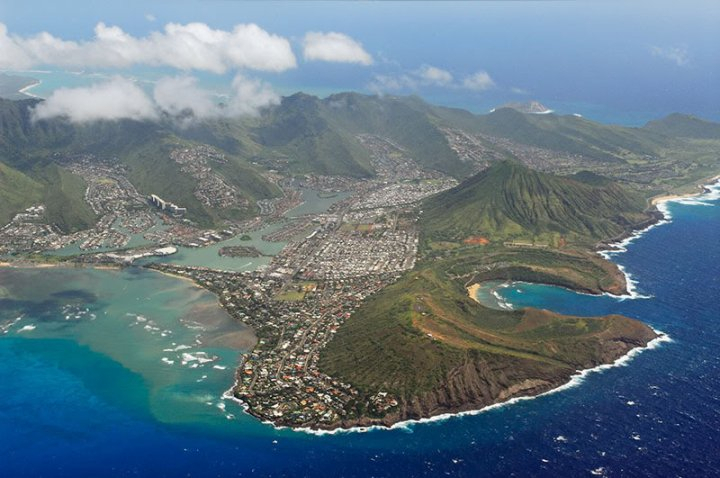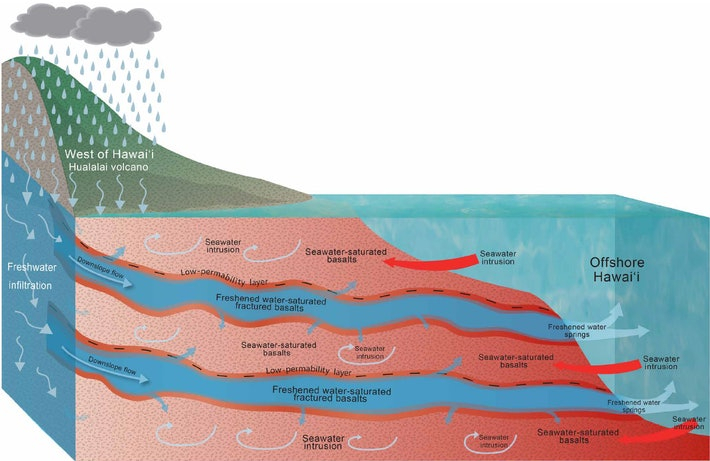The island communities like Hawaii, which are surrounded by Ocean water, have to rely on collecting freshwater stored in the ground for drinking, irrigation, and commercial industries. The American state located in the Pacific Ocean is at serious risk due to climate-driven droughts and less rainfall. But scientists found a new way to solve the problem.
A team of researchers used a unique technique that relies on tracing electrical resistance and discovered the way Hawaii's volcanic soil collects and hides away freshwater under the ocean's salty surface. The access to the freshwater could give Hawaii and other volcanic islands the solution they are searching for.

This finding, which was published in the journal Science Advances, has implications for the world's volcanic islands – a potentially renewable source that could prove invaluable as the climate of the planet rapidly changes.
According to Eric Attias, a geophysicist of the University of Hawaii said the recent discovery provides a "paradigm shift" from the conventional hydrologic conceptual models that have been vastly used by several studies and water organizations in Hawaii as well as other volcanic islands to calculate sustainable yields and aquifer storage for the past 30 years. He hopes that the recent findings will "enhance future hydrologic models, and consequently, the availability of clean freshwater in volcanic islands."
Detection of Freshwater
The researchers started their work to find out freshwater after re-examining existing calculations between the expected and measured freshwater on the island. As per the researchers, there was almost a 40 percent discrepancy in the amount of freshwater that should be there, opposed to the amount which seemed to be there and this led to the search for missing fresh water.
The traditional geohydrological studies mainly focus on the sources of the freshwater that found floating on the surface of the ocean water. But these studies may miss the freshwater, hidden in the porous rock layers, said the researchers involved in the recent study. So, the team of scientists shifted their focus under the salty ocean and decided to use a new imaging technique to reveal what is hidden below the surface.

The team used a method called marine controlled-source electromagnetic imaging to calculate the changes in electrical resistance—that changes dramatically between fresh and salty water—in the water near the shore. The researchers released torpedo-like imaging systems into the sea to take the measurement. This process as per the Attias is much like performing an MRI scan of the brain.
The measurements reveal where is the missing freshwater and then the team found a massive amount of stored water between the layers of the ocean and water-laden basalt. As per the researchers, they estimated that these newly found reservoirs contain around 920 billion tons of freshwater.
In the study, the scientist assumes that there is a possibility that the hidden water was able to sneak away from the shore of the island through the channels by the porous ash and basalt. If confirmed, this could the first time to document this natural process. They believe that this much-hidden freshwater could play a major role to solve the water issue of the island and in other volcanic islands.









